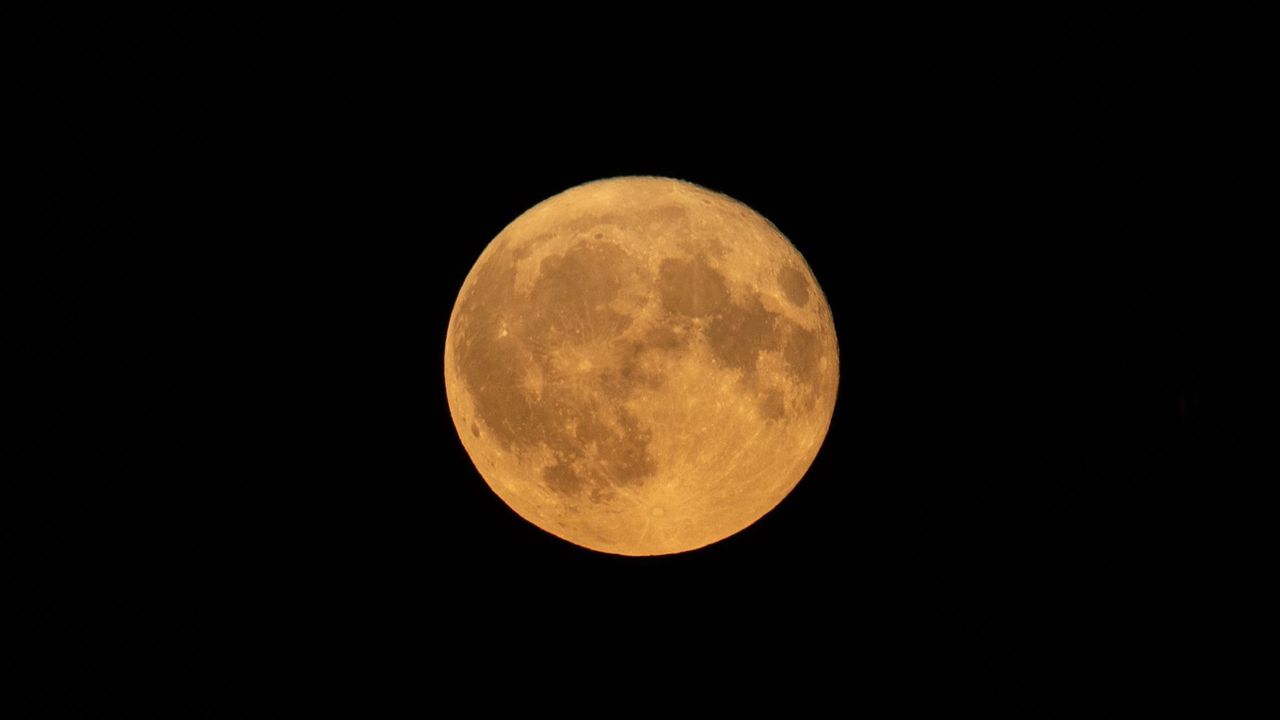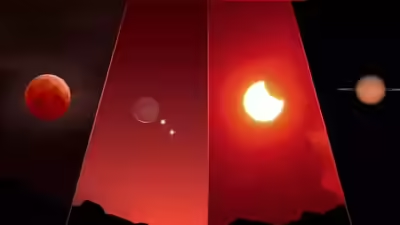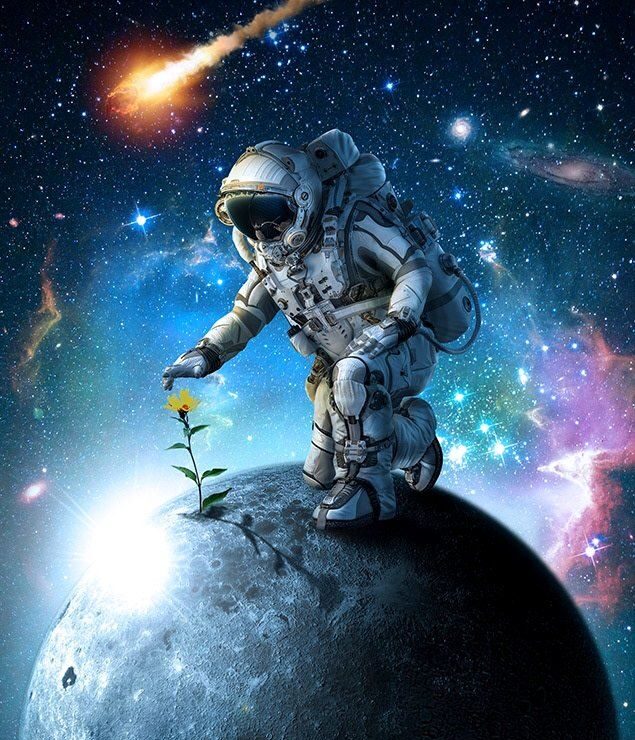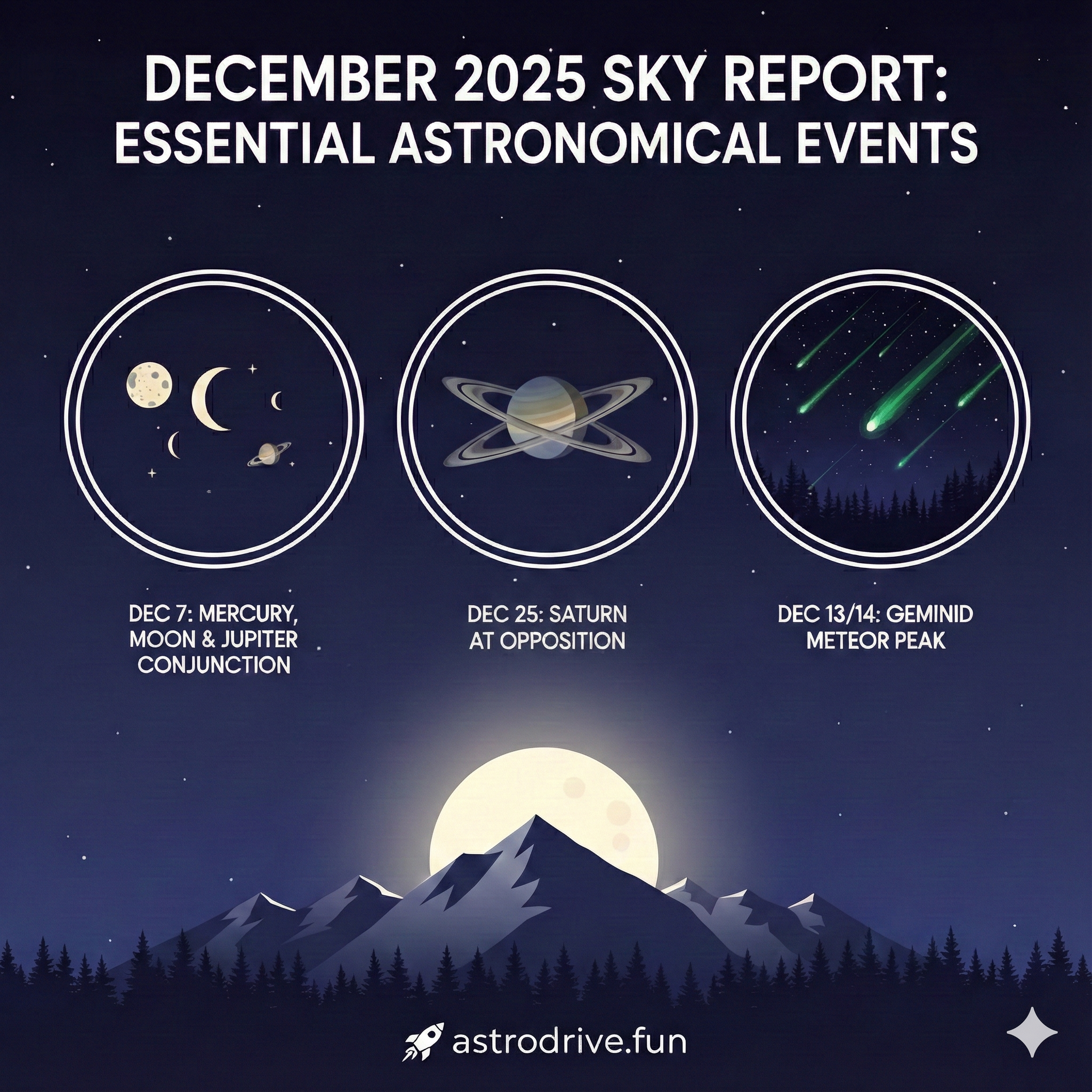Total Lunar Eclipse: The “Blood Moon” of September 7, 2025

On the night of September 7–8, 2025, the full “Corn Moon” will undergo a dramatic transformation, turning deep red in a rare and captivating total lunar eclipse visible to billions around the globe.
Why This Eclipse Is Special
This event marks one of the longest total lunar eclipses of the decade. The Moon will pass through Earth’s darkest inner shadow—the umbra—for about 82 minutes—from 17:30 to 18:53 UTC, with the moment of deepest eclipse at 18:11 UTC.WikipediaThe Times of India
Coined the “Blood Moon,” during totality it glows red due to sunlight scattering through Earth’s atmosphere—blue wavelengths are filtered out, while red light refracts onto the lunar surface.The Times of IndiaSpace

Global Visibility
Millions across Asia, Africa, Europe, Australia, and Antarctica will enjoy at least portions of the eclipse. Areas like East Africa and Western Australia will see the full event. In parts of Europe, lunar eclipse viewing will begin as the Moon rises already partially eclipsed.The Times of IndiaCondé Nast TravelerWikipediaSpace+1
Eclipse Timeline (UTC)
| Phase | Time | Description |
|---|---|---|
| Penumbral begins | 15:28 | Subtle shading appears |
| Partial eclipse begins | 16:27 | Distinct Earth’s shadow visible |
| Totality begins (U2) | 17:30 | Moon fully enters umbra |
| Greatest eclipse | 18:11 | Peak red coloration |
| Totality ends (U3) | 18:53 | Moon exits umbra |
| Partial ends (U4) | 19:56 | Shadow recedes |
| Penumbral ends (P4) | 20:55 | Eclipse concludes |
Stargazing Tips
- Timing: Schedule your viewing between 17:30–18:53 UTC to catch full totality.
- Location matters: Head to regions with clearer horizons—East Africa, South Asia, Australia, or Western Europe.
- Visibility tips: Use binoculars or a small telescope for enhanced detail; naked-eye observation is perfectly safe.
- Celestial Context: The Moon will lie near Saturn in the constellation Aquarius, visible in early evening skies.EarthSky
Cultural & Scientific Significance
- Known as the “Corn Moon,” this full moon coincides with autumn harvest traditions.
- The eclipse is part of Saros series 128—one of many repeating eclipse sequences—and is the second total lunar eclipse of 2025, followed by a partial solar eclipse on September 21.Wikipedia
- A perfect opportunity for science and astronomy outreach—offering both educational value and awe-inspiring visuals.
Final Notes
This Blood Moon is a rare and dramatic celestial event—a slow, copper-colored eclipse marking one of the longest totalities in recent memory. It presents an extraordinary chance to witness Earth and Moon’s cosmic ballet as billions around the world look up in wonder.



Been playing on jilipark1 for a while now. The site’s solid, easy to get around, and haven’t had any issues with withdrawals. Thumbs up. jilipark1
555wincasino is pretty solid. Wide variety of games to choose from, and I haven’t had any issues with withdrawals. The website is easy to navigate. Give them a spin: 555wincasino
Yo, check out c77bet! Been playing there for a bit now. It’s got a decent selection of games and the payouts are pretty quick. Definitely worth a look if you’re looking for a new spot to gamble. Get your game on at c77bet!
v88link… Hmm, seems like another option for online fun. Smooth navigation. Worth a visit, might find your new favorite spot: v88link
Sup, stumbled across 98winvietnam the other day. Pretty interesting site. Different vibe than what I’m used to, but not in a bad way. Worth checkin’ out if you’re lookin’ for somethin’ a little different.